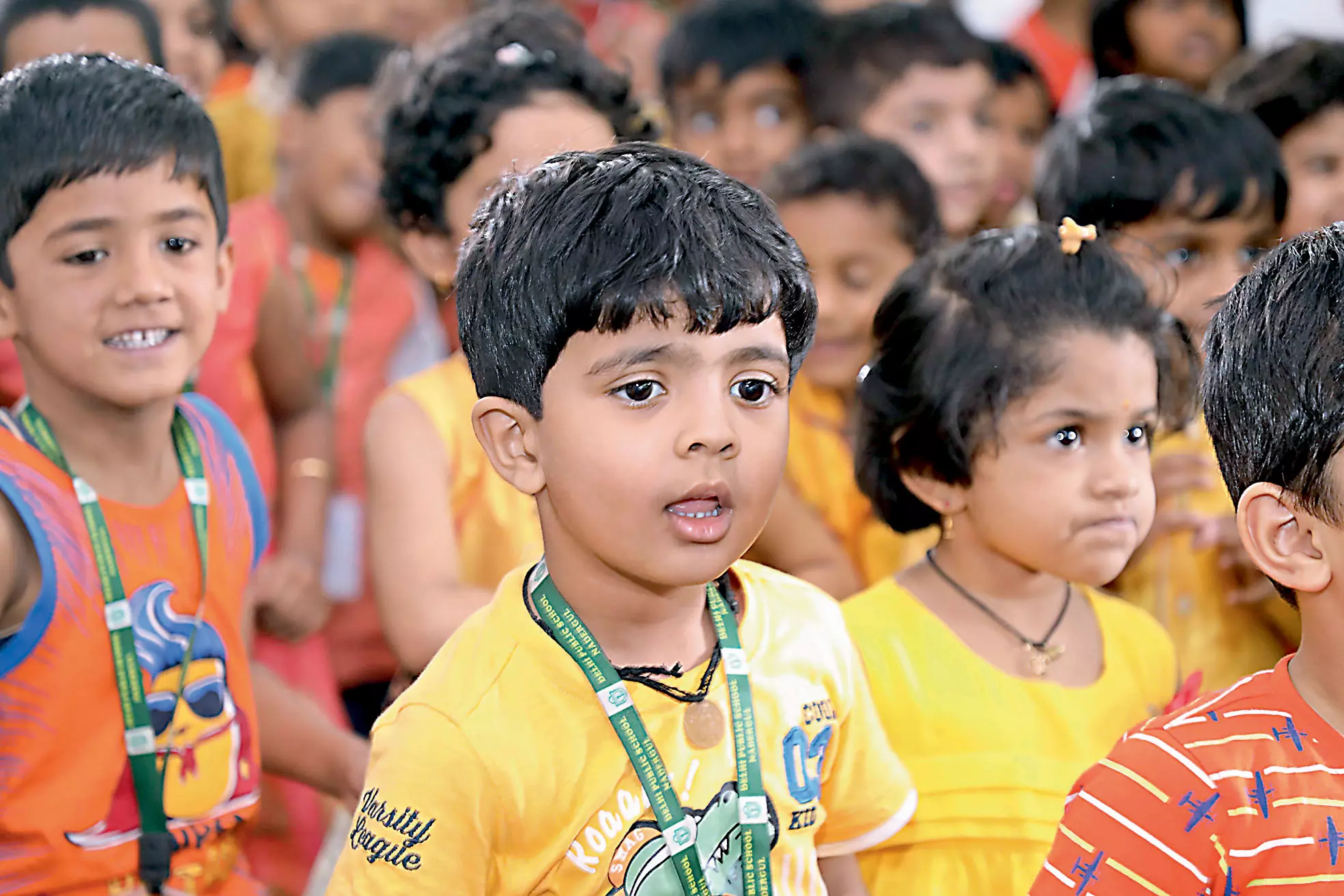From local to global

Culture defines a human being. Our society is an amalgamation of our values, behaviour, heritage, and expression of art. Cultural awareness involves sharing stories passed down through generations, showcasing lifestyles and histories, thus enriching society. Preserving these narratives and art forms is crucial for future generations' meaningful and holistic development. Equally important is learning about, sharing, and embracing the cultures of other nations to foster tolerance and peaceful coexistence. Today, with digitization and multiple resources available, the adaptability of other world art forms with our rich Indian culture is a true example that the world is one. As educators, you play a vital role in this process, shaping the cultural awareness of our future generations.
Cultivating cultural awareness
From the moment we enter this world, cultural awareness is ingrained in us. Imagine a newborn, comforted by a mother's lullaby, responding to a soothing melody. This simple interaction underscores the profound influence of culture on our lives. Yet, in the midst of academic pressures, students often overlook cultural activities, dismissing them as distractions. However, scientific studies reveal a different story. Engaging in cultural activities is not a distraction, but a path to personal growth and resilience. It equips students with the tools to navigate life's pressures with balance and strength.
Introducing art appreciation at a young age nurtures sensitivity and emotional stability, serving as a buffer against mental health challenges. In today's competitive school environment, where peers often become competitors, fostering such balance is more crucial than ever.
Appreciating our differences: Benefits of integrating cultural awareness into the curriculum
Integrating cultural awareness into the curriculum offers a wealth of benefits for students. From a young age, students learn to appreciate art from different cultures, which gives them better insight and understanding of each other's culture. By incorporating various art forms that require dedication and practice into the school curriculum, students gain the opportunity to develop their skills and excel over time. This comprehensive approach nurtures their artistic talents and cultivates a sense of tolerance and respect for different cultural backgrounds. Ultimately, fostering cultural awareness in education builds a foundation for a more inclusive and harmonious society, contributing to the nation's strength and unity. We have seen this in action at Routes2Roots, where students who have participated in our cultural education programs have shown significant improvements in their academic performance, creativity, and social skills.
How to integrate art and culture into the curriculum?
It is essential to create an inclusive learning environment that celebrates diversity and promotes equal opportunities for all students, regardless of caste, colour, or creed. At Routes2Roots, we are dedicated to this mission, offering a comprehensive platform to foster cultural awareness and appreciation. We introduce various art forms from different states and organise interactive workshops to deepen students' understanding of cultural diversity. These hands-on experiences enhance their artistic abilities and promote a broader awareness of cultural differences.
In an era where digitization is a part of every aspect of life, incorporating culture and art into the digital realm is a natural progression. By leveraging technology, we make cultural education more accessible and engaging, ensuring that students can explore and appreciate the rich tapestry of global traditions from anywhere.
Tech for cultural education
Technology is a powerful tool that has enabled students in the remotest parts of the country to have access to renowned teachers, creating a virtual classroom for them. Digitisation has made learning of all art forms accessible and helped students have various options and choices available to them.
The financial and logistical challenges of providing trained educators in various performing arts disciplines to every school are significant. However, technology overcomes these barriers, enabling many artists to reach students through digital platforms. This approach not only democratises cultural education but also enriches the learning experience, ensuring every student can explore and excel in the arts.
